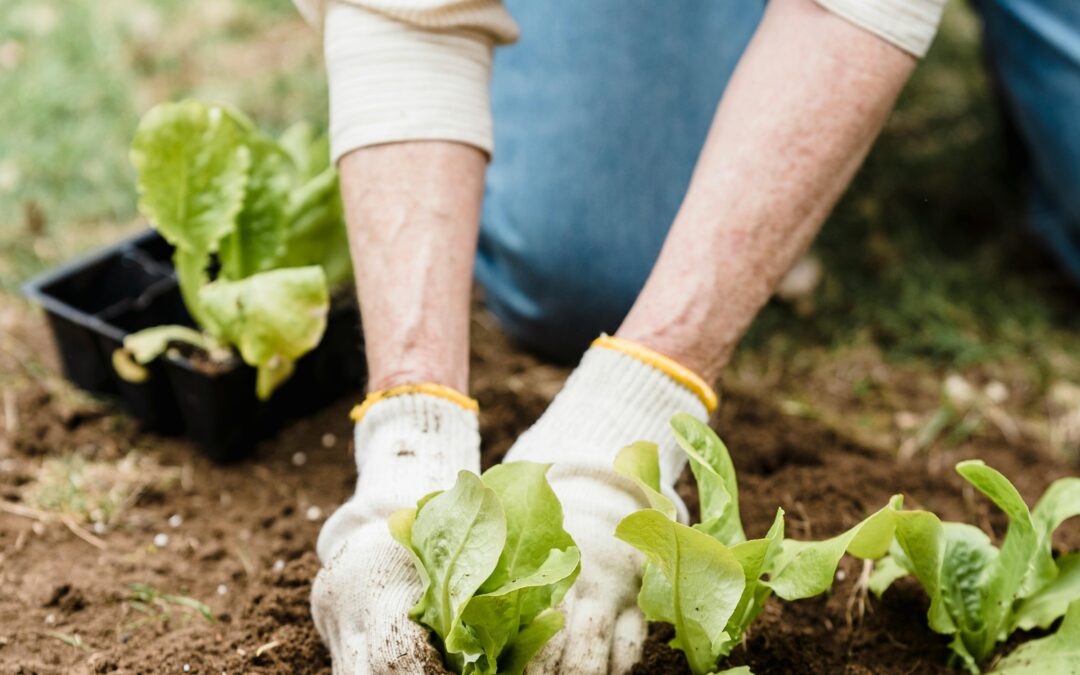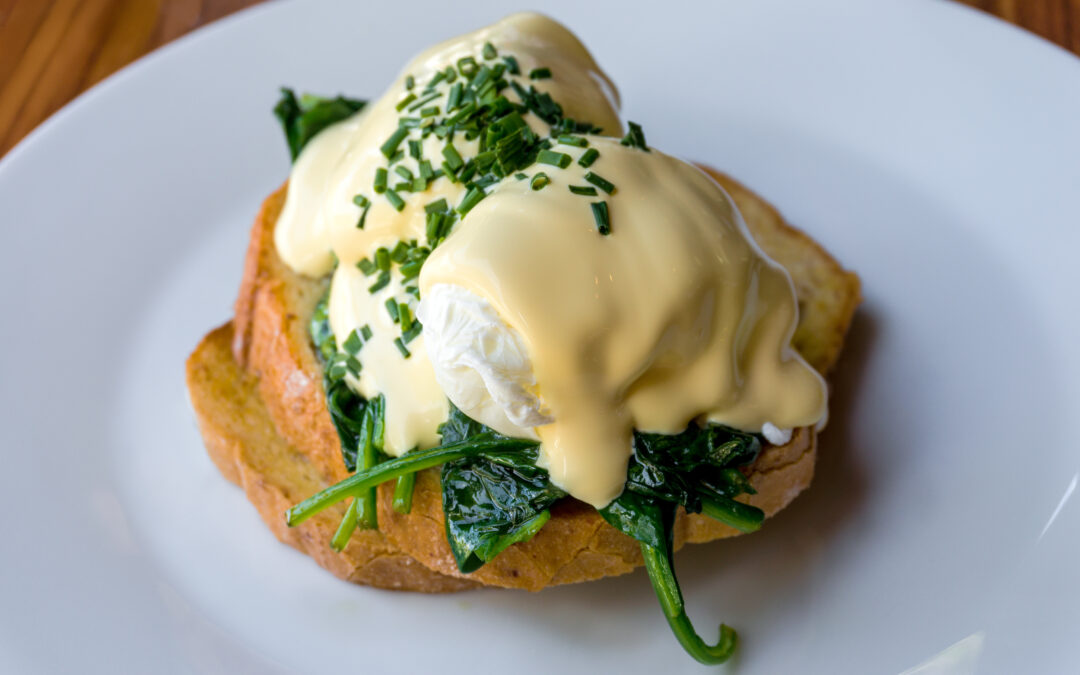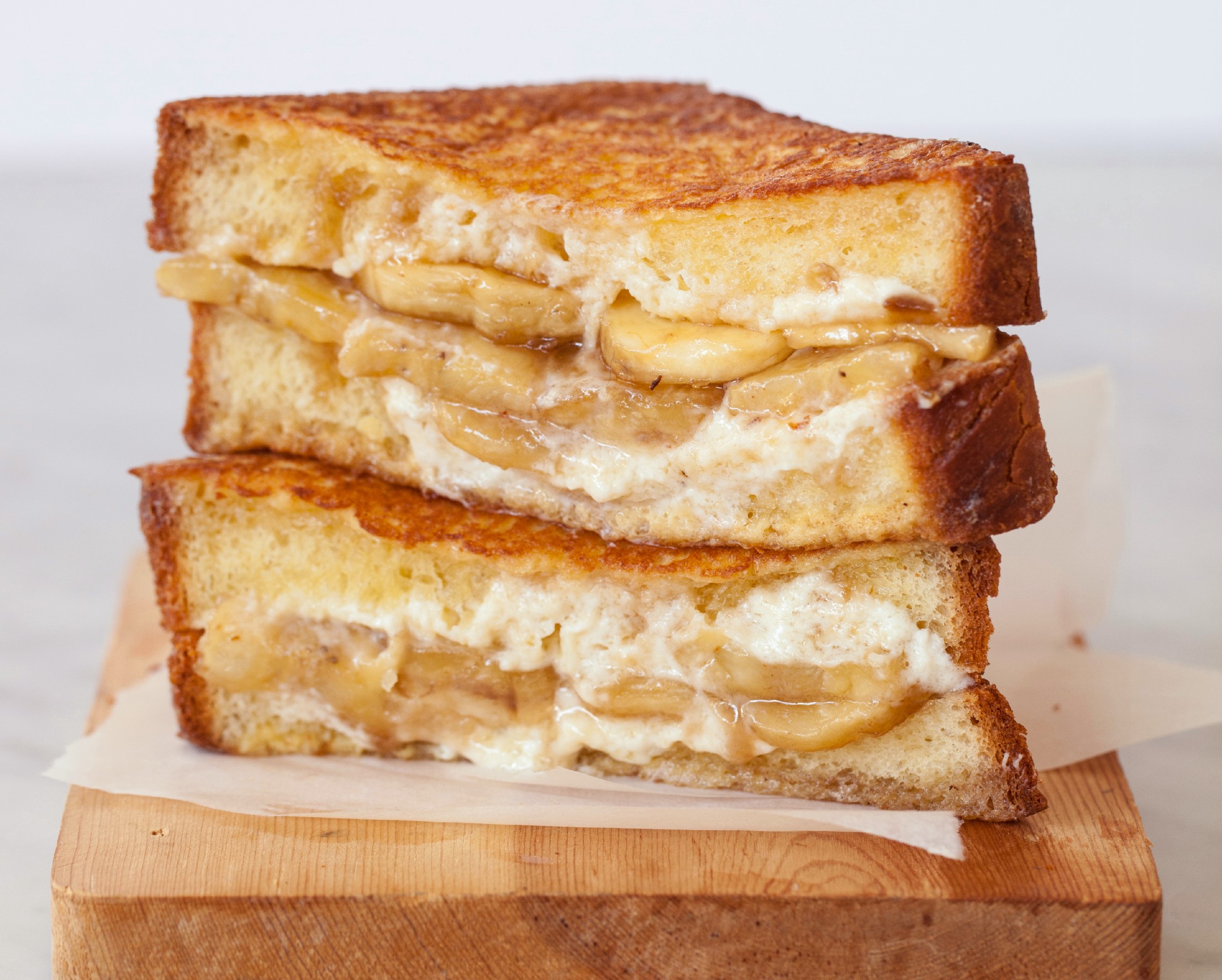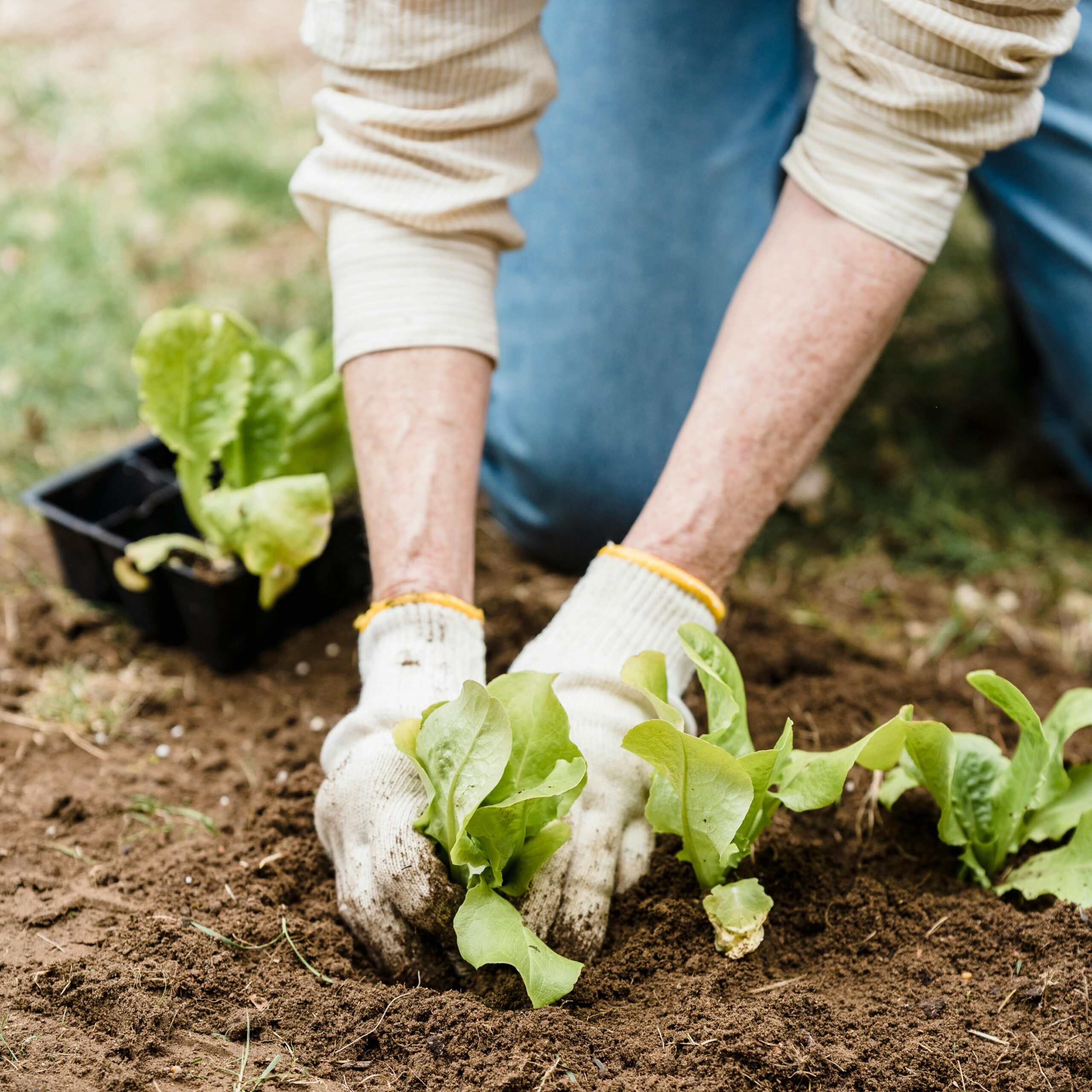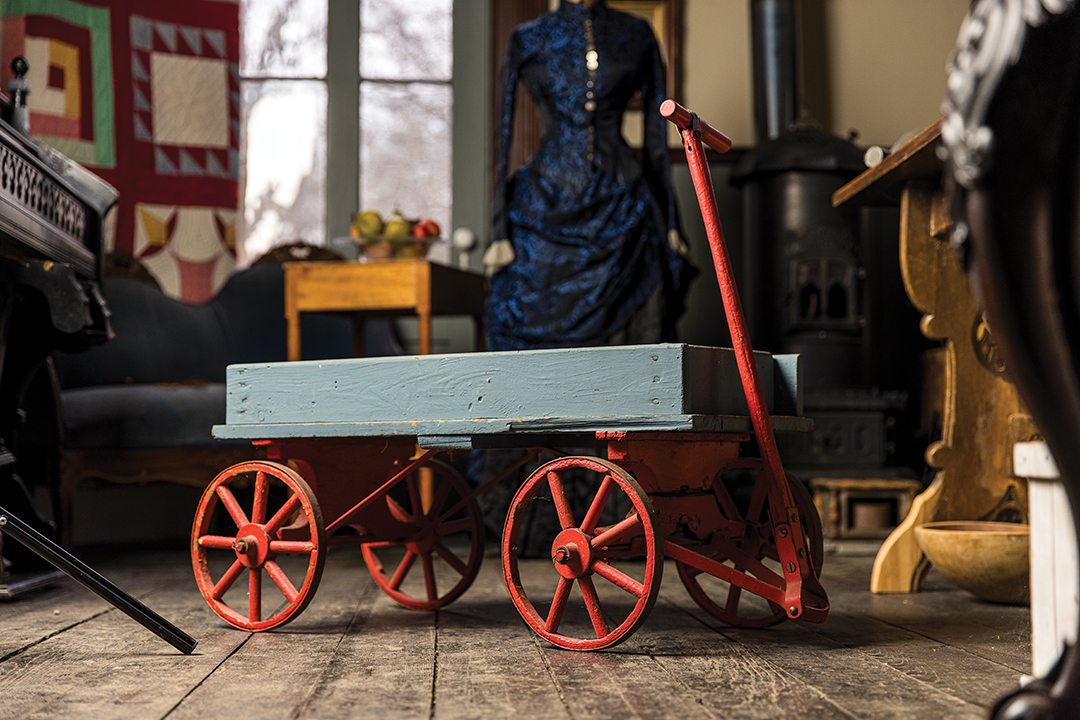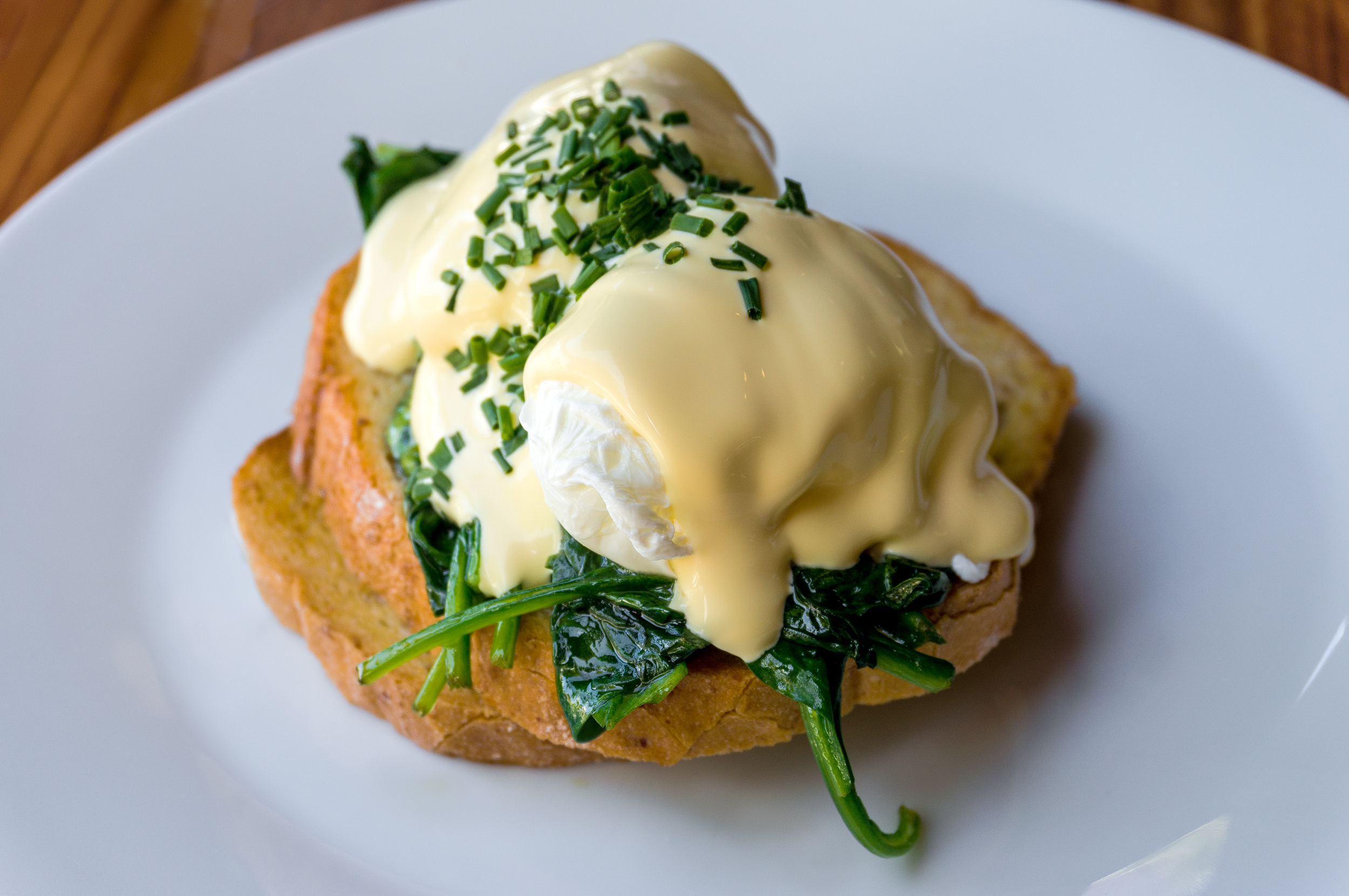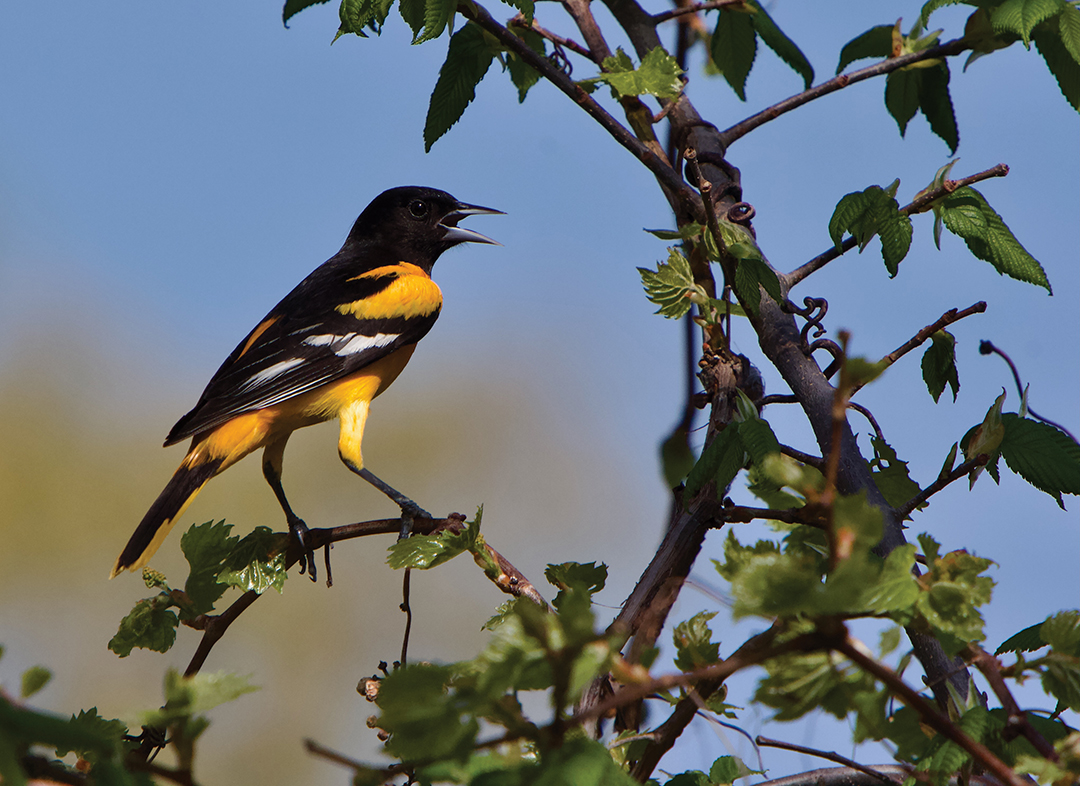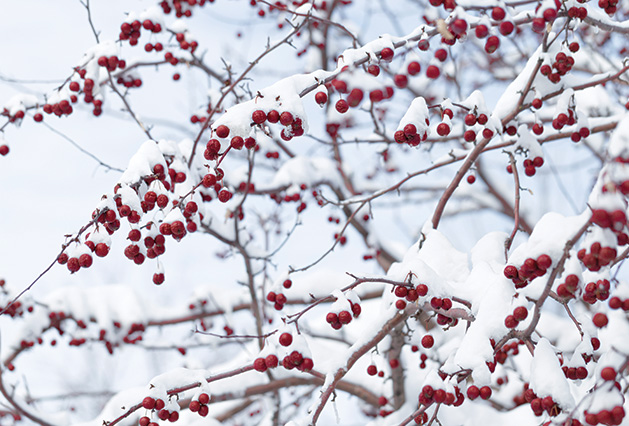
iStock/skhoward
Eating winter’s underappreciated abundance.
In January, winter sets in, typically with the coldest days of the year. Local fresh fruit seems a distant memory, and the fresh growth of spring a distant wish. But I have learned (thanks to some fellow nature nerds on Instagram) that winter offers the abundant fruit of the crabapple trees that lavishly bloom in the spring. The small crabapple fruits, typically ignored all summer, hang on long after the leaves have fallen, stubbornly persisting in bright red cheerfulness on the branches all winter. Freezing temperatures cause bletting, or over ripening, increasing the sugars and decreasing the bitter tannins, so they taste a bit like dried cranberries, with the texture of frozen applesauce. Now that I understand this winter wonder, I hunt down crabapple trees in neighbors’ yards, shopping mall parking lots, and medical building plazas.
Not all crabapple trees are worth the effort; some trees’ fruits are bitter and chalky, but others’ fruits melt on the tongue like a tart sorbet. I relish this unexpected harvest of fruit, fresh from the tree, and packed with vitamin C, as if I have unlocked some secret knowledge, that only inspires me to learn more.
Anne Marie Ruff Grewal is a writer, editor and environmentalist who has recently published her second novel, Beneath the Same Heaven—a story of love and terrorism.

